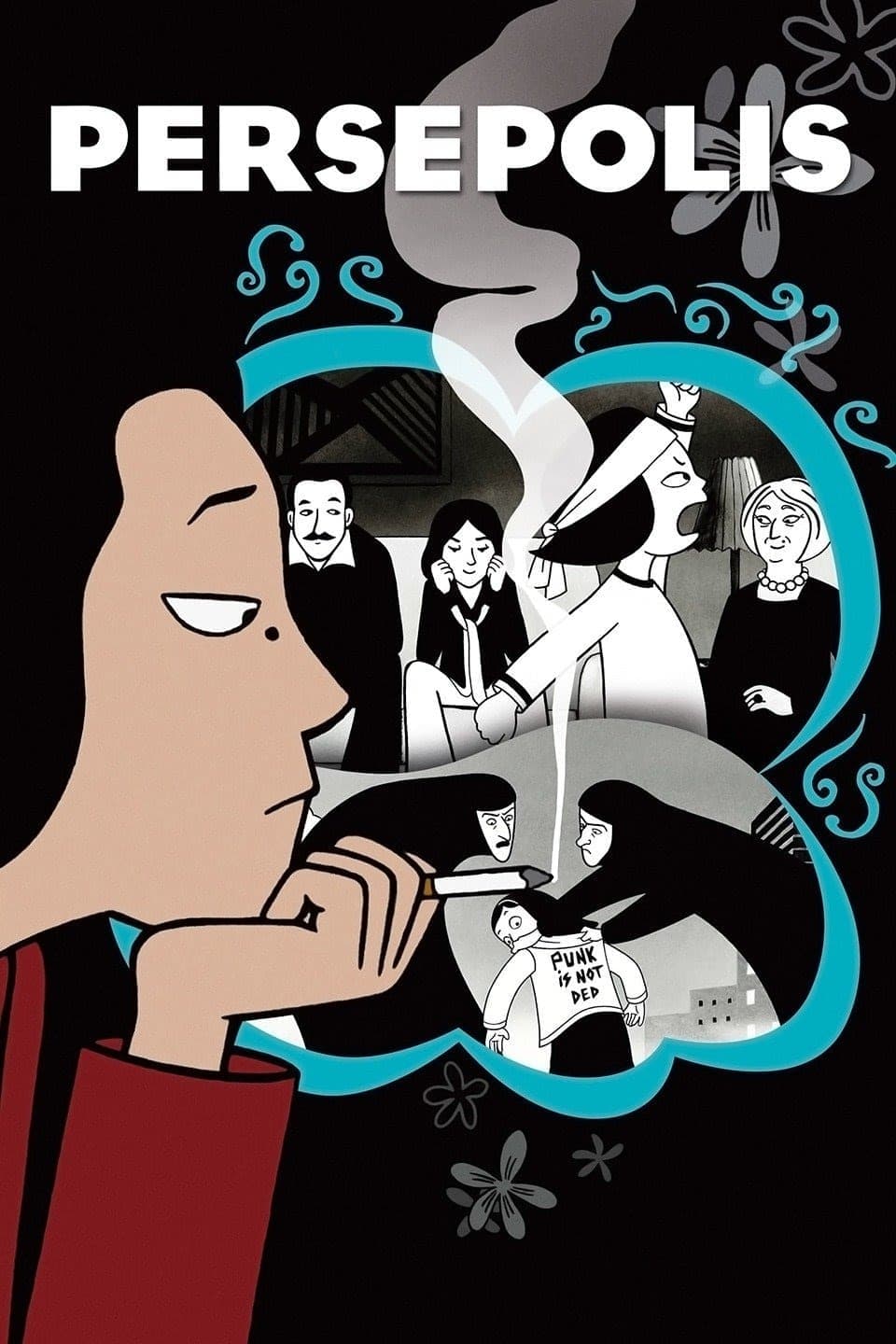
Persepolis
2007
Rate this movie
Average: 0.00 / 5
(0 votes)
Directors
A somber fresco on the oppression and mortification of primary freedoms, expressed in a black and white that allows no room for flights of fancy but encloses the imagination in the cruelty of Pragma, exactly as the Revolutionary Guards imprisoned the minds of all those who fell under their yoke. This chromatic choice, seemingly limiting, is in reality a powerful stylistic declaration: evocative not only of the original medium, the comic, but also of the conceptual brutality of a regime that, by its very nature, nullifies every nuance, every colorful grace of life, reducing existence to a Manichaean dualism between right and wrong, permitted and forbidden. It is a monochrome that does not impoverish, but rather intensifies, focusing the viewer's gaze on the nakedness of emotion and the ruthlessness of repression, almost as if to reflect the darkness of the times narrated and the loss of all chromatic vibrancy in post-revolutionary Tehran.
A black and white animated film that faithfully traces the author’s Graphic Novel, a work that upon its release garnered immense success, sparking considerable controversy. The film's international triumph, culminating in an Oscar nomination for Best Animated Feature Film and the Jury Prize at Cannes, was accompanied by mixed reactions, particularly from the Iranian government, which branded it as Western propaganda and disinformation about Iran. Yet, precisely in this fidelity to the essential line work and the almost journalistic imprint of the comic lies the strength of the cinematic adaptation: not a mere transposition, but an expansion of the graphic language in motion, which maintains the iconic power of the panels while adding the fluidity of animated storytelling. This unconventional approach to the animation medium, far from mainstream productions, allowed the film to distinguish itself, demonstrating that animation can be a vehicle for complex and deeply personal stories, with prominent political and social resonance.
Marjane Satrapi experienced firsthand what it means to live in a fiercely patriarchal society like that of Iran in this century. Her narrative is not just an individual testimony but a generational fresco, a cry of pain and resistance from an entire nation. Raised in a progressive and intellectual family, steeped in socialist and secular ideas, Marjane is the lens through which we observe the dramatic transition from the relative openness of Shah Reza Pahlavi to the repressive theocracy of Ayatollah Khomeini, an evolution that stripped Iran not only of its freedom but also of its secular and multicultural identity. The film illustrates with ruthless clarity the progressive dismantling of personal freedoms: the imposed veil, clandestine parties, forbidden Western music, banned books. It is the nightmare of a society that tolerates no deviations, that suffocates every yearning for individuality under the weight of a dogmatic doctrine.
Once she emerged from the nightmare of oppression, she used her visionary talent to transpose her experience into a comic book. This act of creation is, in itself, a powerful political and therapeutic gesture, a way to process trauma and transform it into a universal message. Art, in this context, becomes not only memory but also a weapon against oblivion and mystification.
This film is directed by the author, assisted by her friend Vincent Paronnaud. Their collaboration was crucial: Satrapi brought the authenticity of lived experience and the artistic vision of the comic, while Paronnaud contributed his cinematic expertise, translating the rhythm and narrative power of the graphic novel into filmic language. The animation process, conducted with meticulous attention to detail and stylistic fidelity, involved immense work, where every expression, every movement was carefully studied to maintain the expressive power of the original drawing. The result is a work that balances the raw reality of facts with the immediacy and universality of the animated line work, making the story accessible to a global audience.
The result is a harsh and fierce animated film, ruthless in its clean lines and aseptic plot. Yet, precisely in this dryness, a moving depth is hidden. The "clean lines" are not coldness, but an aesthetic choice that focuses attention on the essential, eliminating the superfluous to enhance the human drama. The "aseptic plot," far from being devoid of emotion, is a succession of micro-narratives, anecdotes that, despite their specificity, reveal the human condition under tyranny: constant fear, daily defiance, ingenuity for survival, and the despair of exile. It is an almost Brechtian approach, which invites reflection more than mere emotional identification, yet manages to delve deeply into the viewer's soul.
But it is also a tenderly melancholic story, recalling a youth crumbled in the mill of History, a time when the intellectual fervor and irony of her family made young Marjane feel like a privileged child, allowing the talent for an Art long kept secret to blossom within her. The melancholy is not resignation, but the awareness of loss, of time that will not return. The moments of tenderness and humor are the film's beating heart: the discussions about politics and philosophy within the home walls, the audacity of listening to clandestine punk music, the irreverent grandmother spitting in God's face — it is these fragments of humanity, of subtle defiance, that contrast with the external desolation. It is through the warmth and silent rebellion of her family that Marjane develops an acute critical sense and the ability to find beauty and truth even in chaos. This dichotomy between a private life rich in fervor and public mortification is what makes the narrative so compelling and universally recognizable. Art, in this context, emerges as the only escape, a coded language that allows one to express the inexpressible and to preserve one's identity in a world that seeks to nullify it.
A film that remains long in the soul, like an indelible wound, a perpetual testament to what man is still capable of doing to his fellow beings, in our times, in the name of Religion. "Persepolis" transcends its Iranian setting to become a universal parable about the dangers of religious and political fanaticism, the importance of freedom of thought, and the inescapable destiny of exile for those who do not bend. It is a warning for the present and the future, reminding us how history, in its cyclical nature, tends to re-present the same forms of oppression. The echo of Persepolis still resonates today, in a world where entire populations continue to fight for basic rights, demonstrating that art, when authentic and courageous, can indeed be a mirror not only of the past but also of the inescapable challenges of our time.
Countries
Gallery

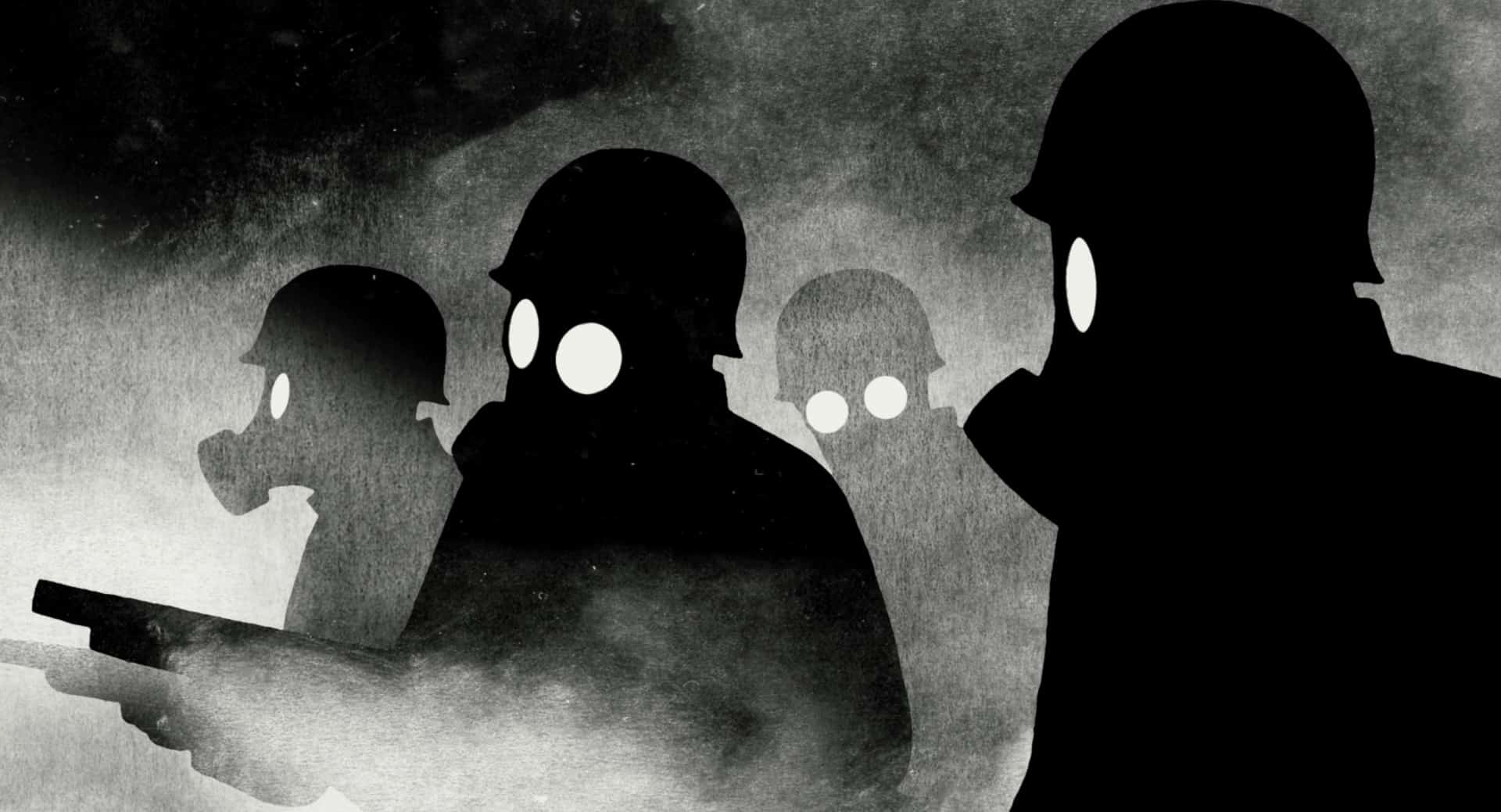
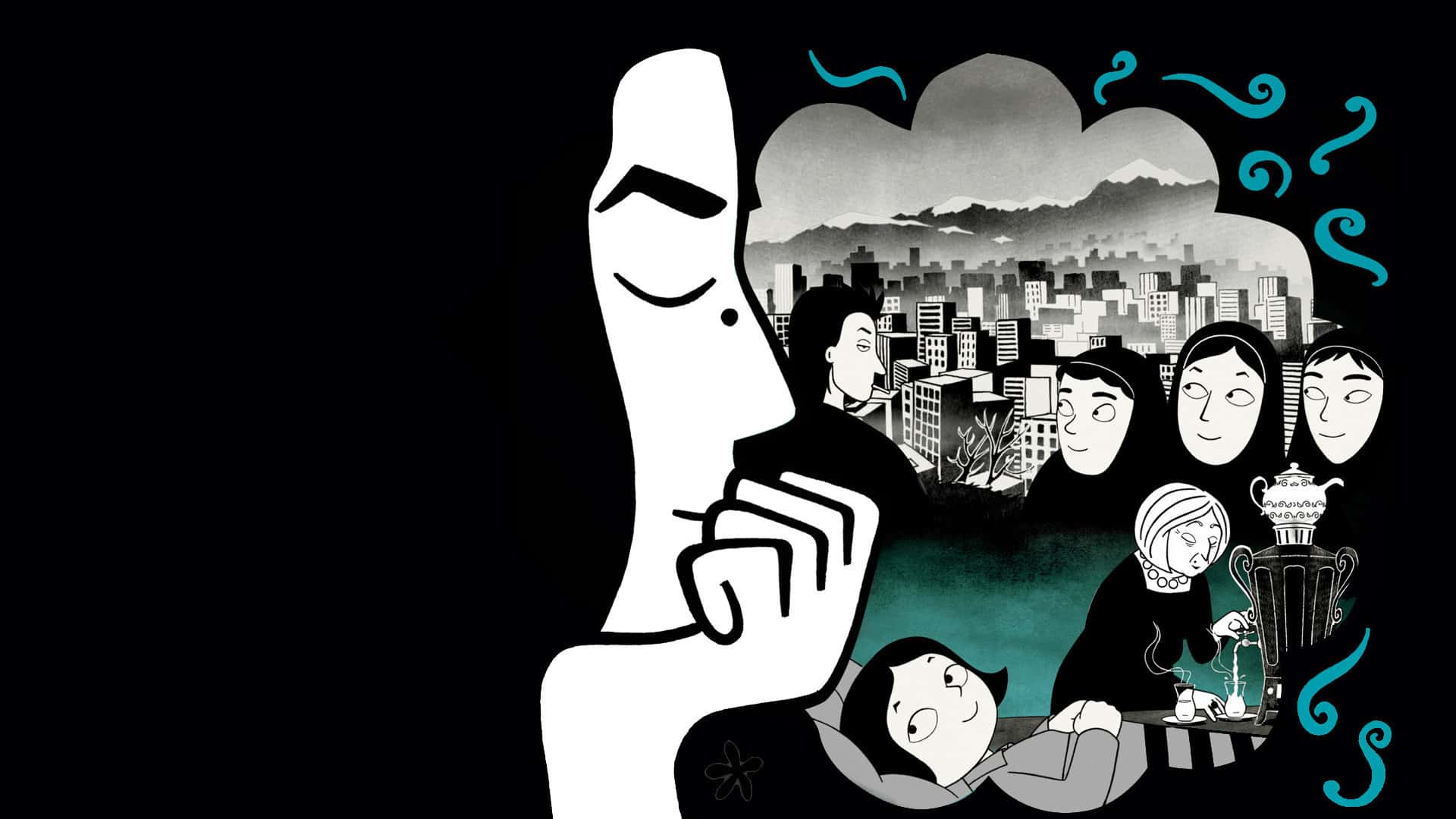
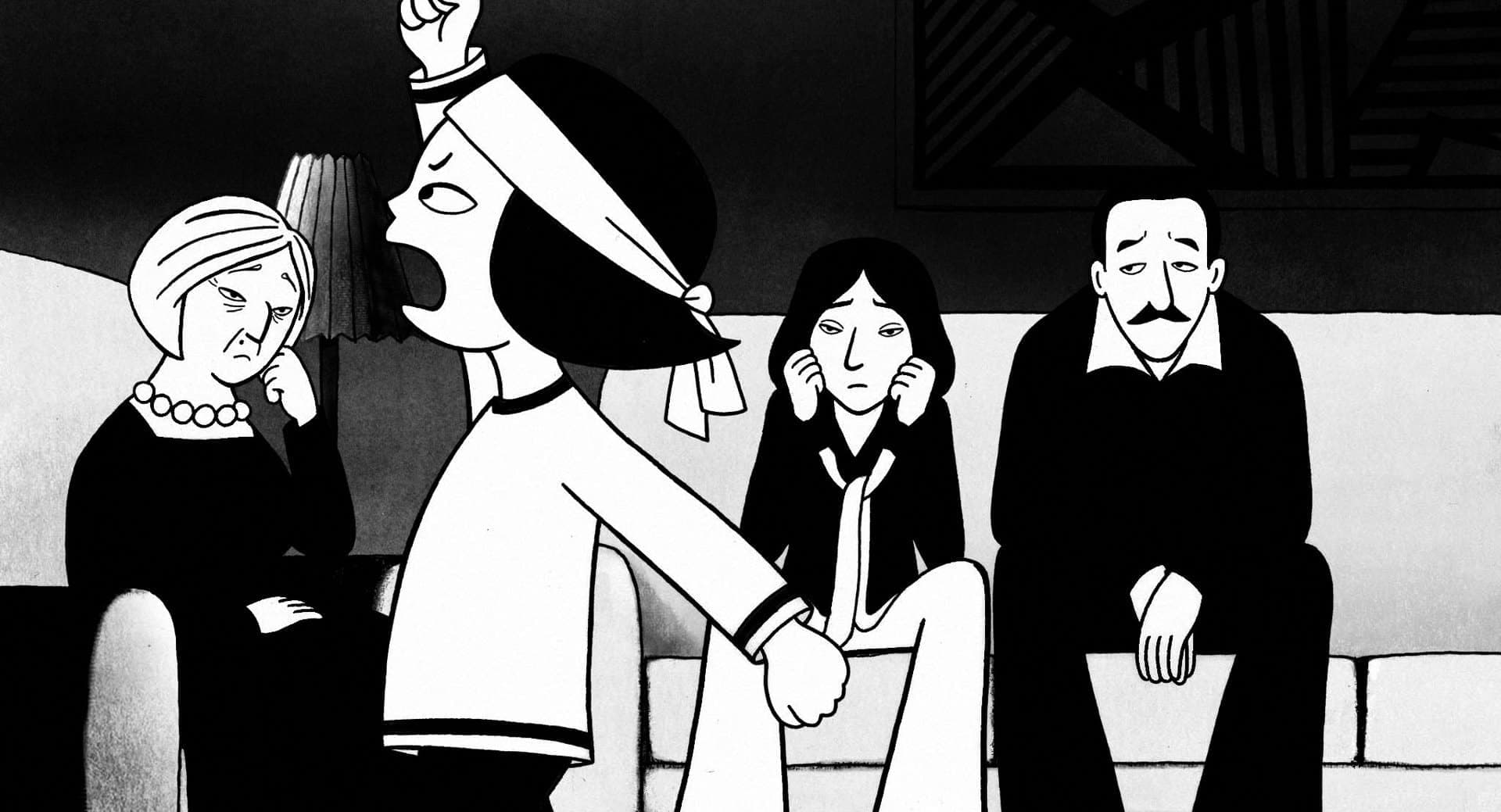
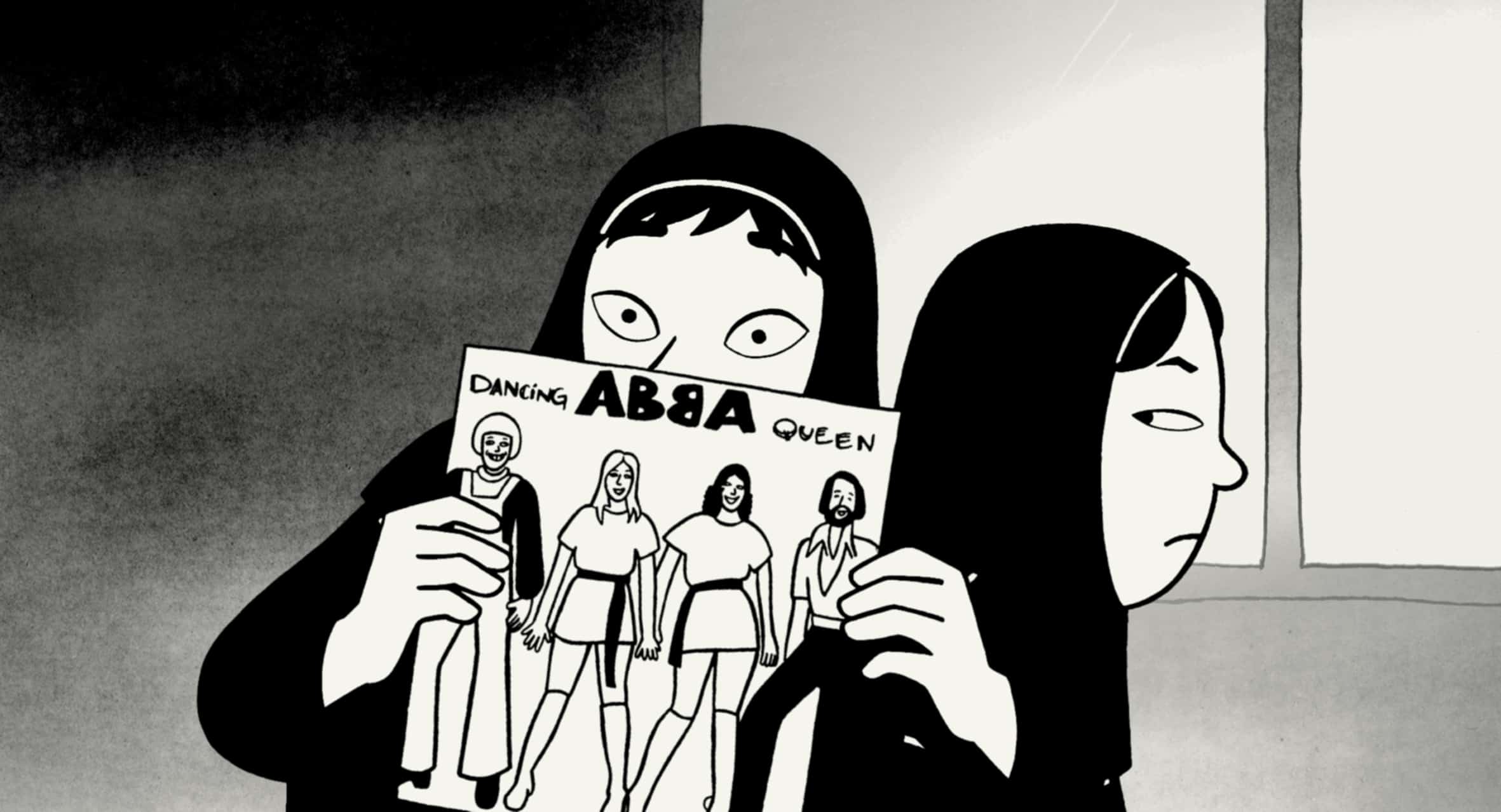
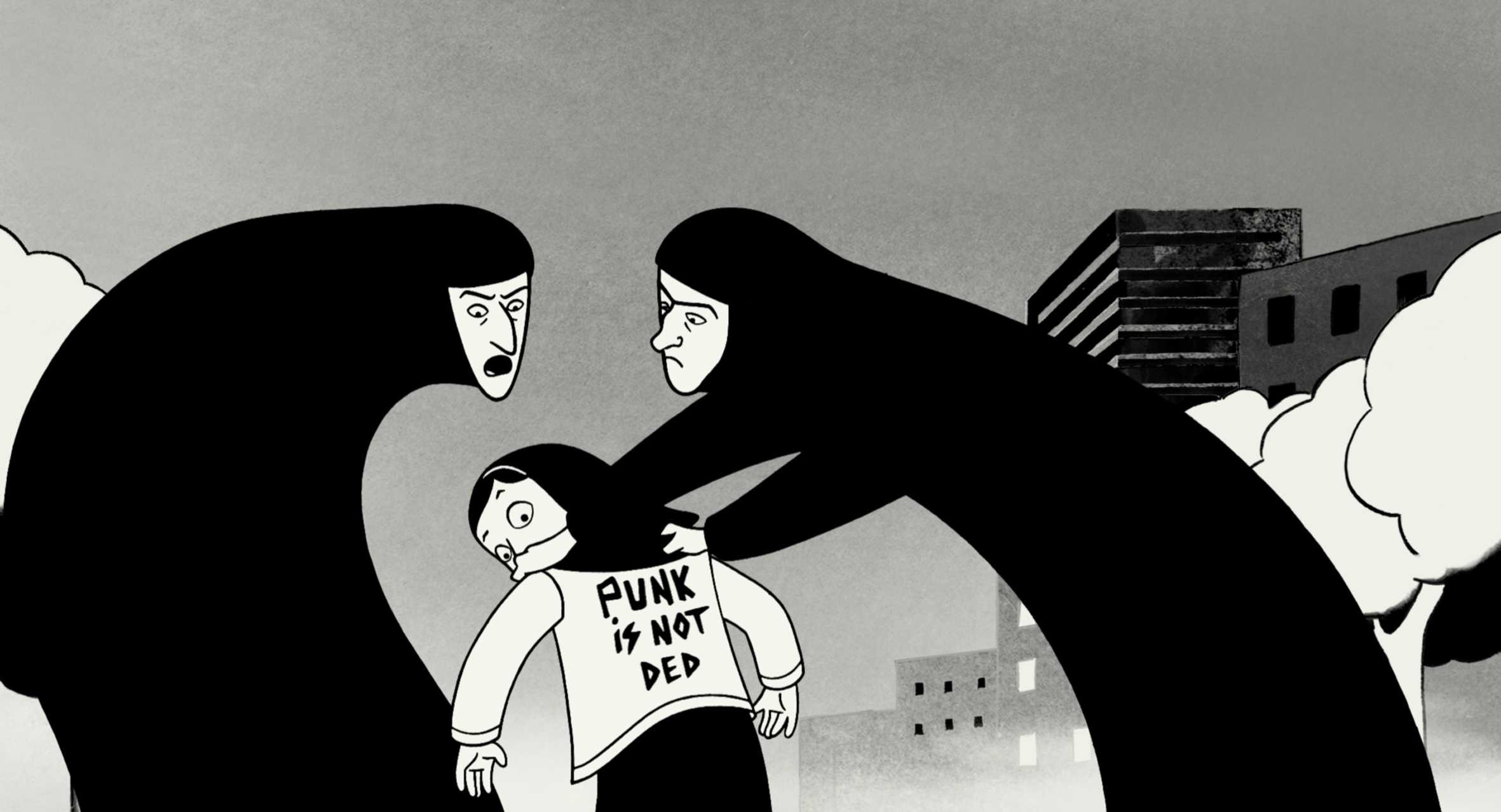
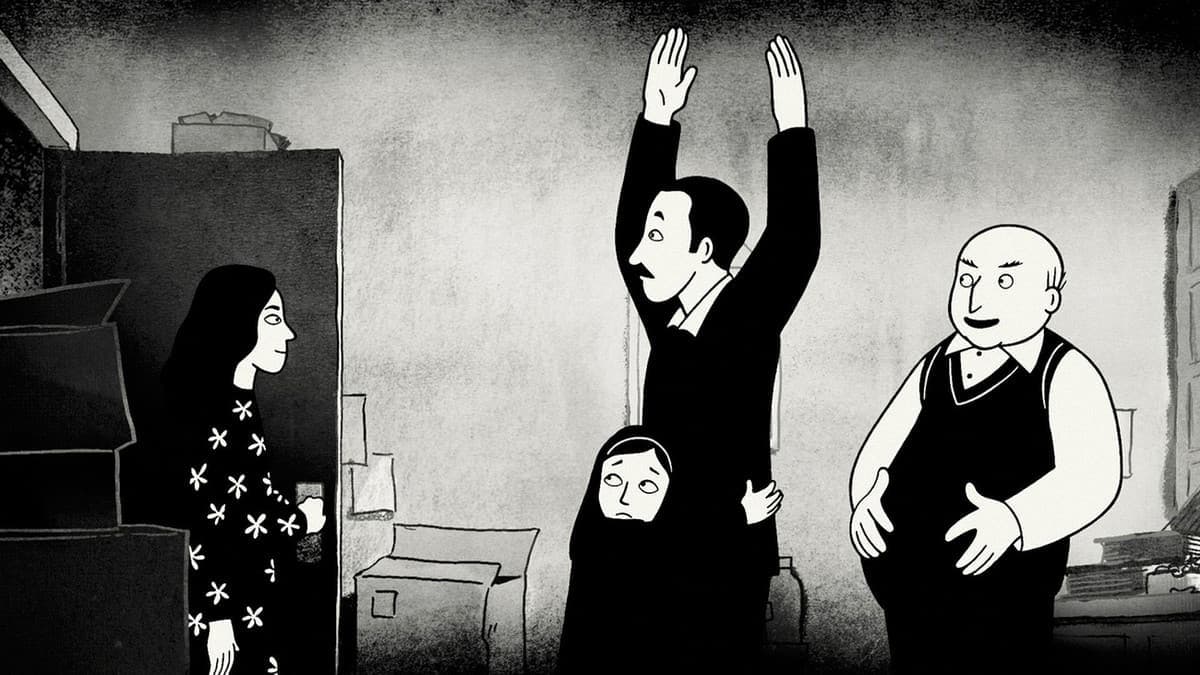

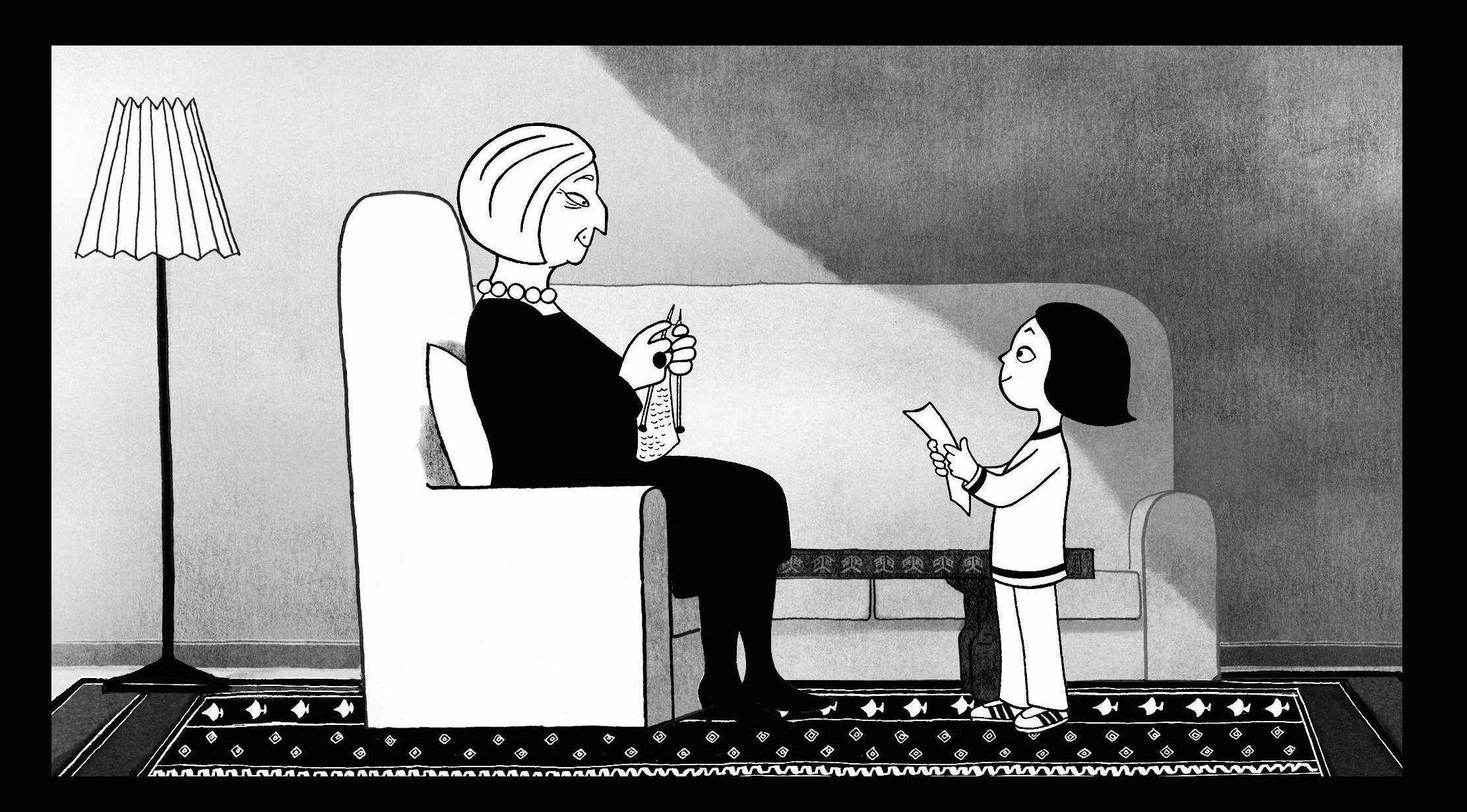
Featured Videos
Official Trailer
Comments
Loading comments...